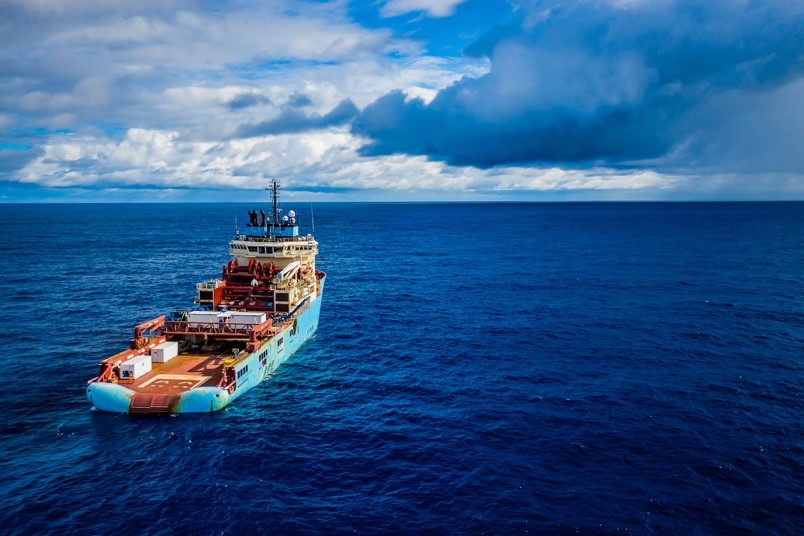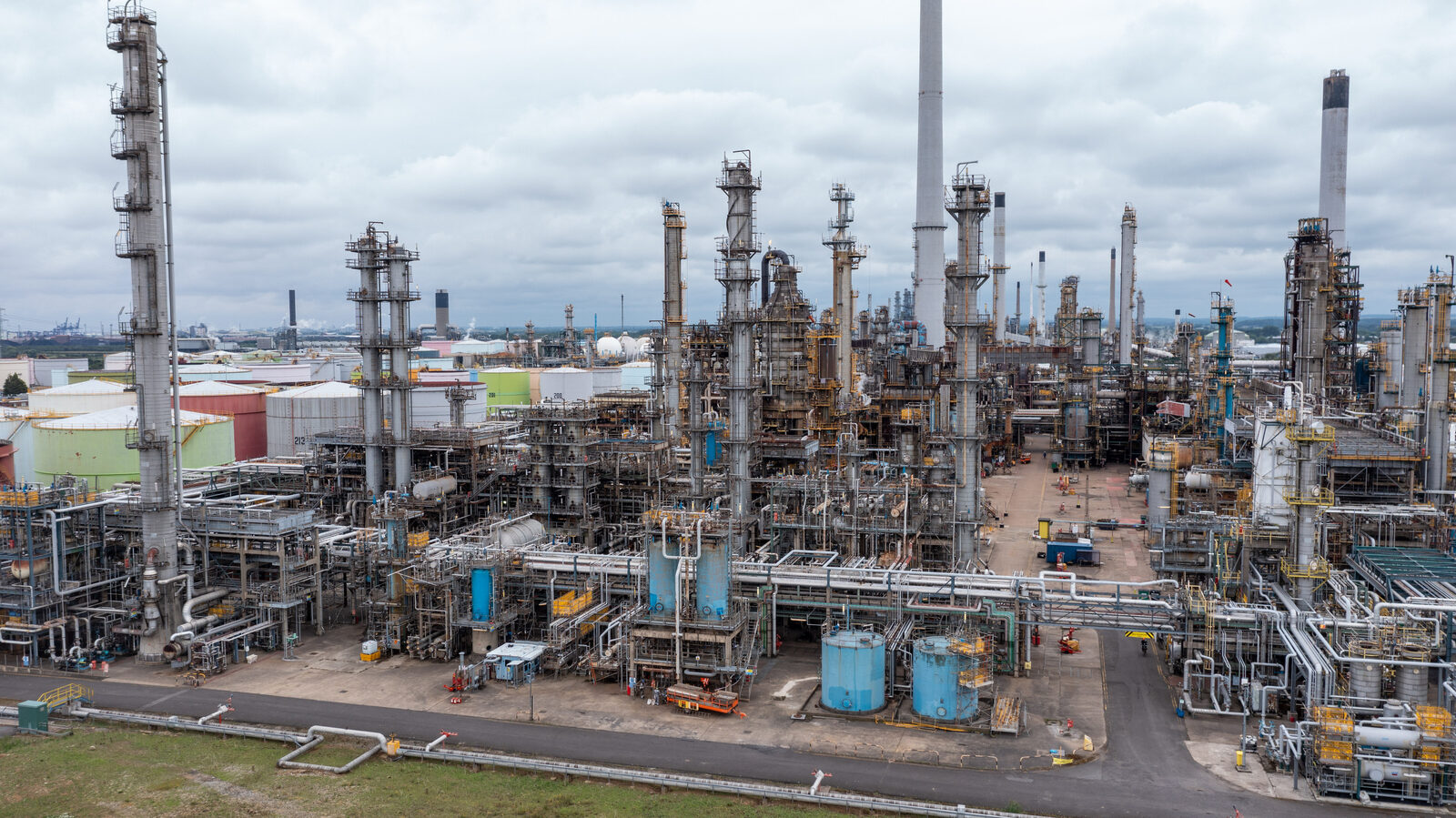Deep-sea research campaign aims to tap world’s largest known source of EV battery metals

The Metals Company (NASDAQ: TMC), formerly Deep Green Metals, an explorer of lower-impact battery metals from seafloor polymetallic nodules, announced Thursday the completion of its latest offshore research campaign, Environmental Expedition 5E, a targeted sampling campaign of both benthic and pelagic fauna with wider investigations to characterize ecosystem function on the abyssal seafloor.
Mining international waters is in the spotlight as companies and countries are looking at minerals concentrated on the ocean floor that can be used in batteries for smart phones and electric vehicles. Last year, the company said the nodule resource is now estimated at four megatons (Mt) measured, 341Mt indicated and 11Mt inferred mineral resources.
The completion of the six-week expedition — the company’s fifth environmental campaign in the last twelve months — marks the latest offshore campaign required to develop an environmental baseline of the proposed operating environment in the Clarion Clipperton Zone (CCZ) of the Pacific Ocean and characterize the potential impacts of its proposed nodule collection operations to source critical battery metals from deep-sea polymetallic nodules.
This year, the Metals Company said it will conduct an initial Prototype Collector Vehicle manoeuvrability test in the Atlantic Ocean, followed by pilot collection system trials in the CCZ later in the year.
Aboard the Maersk Launcher were researchers from some of the world’s leading marine science institutions including the UK National Oceanography Centre (NOC), Japan Agency for Marine-Earth Science & Marine Technology (JAMSTEC), Natural History Museum (London), Heriot-Watt University and the University of Gothenburg, who deployed a range of technologies, including a Remotely Operated Vehicle (ROV) and a number of seafloor landers.
Related read: World’s top 10 nickel projects
Over the course of more than 390 ROV operational hours, researchers from the UK National Oceanography Centre conducted visual observations of over 30-square-kilometers of seafloor, capturing more than 35,000 high-resolution images and extensive video data which will be used to identify megafauna at depths of 4,000 meters.
Whereas prior campaigns utilized randomised boxcore sampling to obtain macrofaunal samples, the technologies used for Expedition 5E allowed the team to conduct highly targeted sampling of benthic macro and megafauna and to focus on species of particular scientific interest, the company said.
To explore the gelatinous communities that occupy the midwater column, the pelagic team led by JAMSTEC supplemented traditional sampling methods such as nets with ROV mounted video to conduct 130 video transects at various depths, and used specialized D-samplers and the ROV’s suction sampler to collect specimens.
Five campaigns in one year
“With five research campaigns under our belts in the last twelve months, the all-star research teams we’ve brought together are helping build a high-resolution picture of the potential impacts of collecting nodules, CEO Gerard Barron, said in a media statement. “This data will enable our engineering and project teams to optimize our activities for low impact and ensure that we lift the nodules to the surface with the lightest possible touch.”
As countries invest in large-scale clean energy transition programs and begin to phase out internal combustion engines, hundreds of millions of tonnes of critical battery metals will be needed to decarbonize the world’s energy and transport systems, according to the International Energy Agency.
The polymetallic nodule fields in the CCZ of the Pacific represent the largest known, undeveloped nickel resource on the planet, the company said. A DeepGreen-commissioned white paper found that nodules under exploration contracts in the CCZ contain more than enough battery metals to power one billion EVs and with a fraction of the social and environmental impacts when compared to land-based ores.
Environmentalists have called for a ban on deep-seabed mining that would extract resources including copper, cobalt, nickel, zinc, lithium, and rare earth elements from nodules on the ocean floor.
The International Seabed Authority (ISA), a U.N. body headquartered in Jamaica, has drawn up regulations on exploration, but has yet to establish the rules for exploitation needed for mining to go ahead.
The ISA has rejected criticism from Greenpeace over its handling of ocean mining, fuelling a spat that threatens to overshadow talks by the U.N. body towards rules for deep-sea mining.
As noted in a recent report by the International Renewable Energy Agency, polymetallic nodules can “substantially change the supply outlook for several critical materials,” including nickel and cobalt.
{{ commodity.name }}
{{ post.title }}
{{ post.date }}

Comments